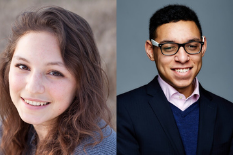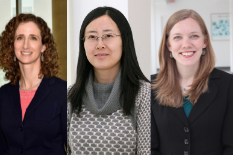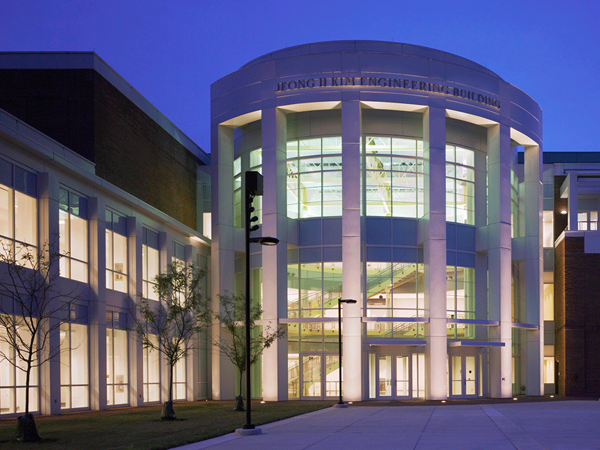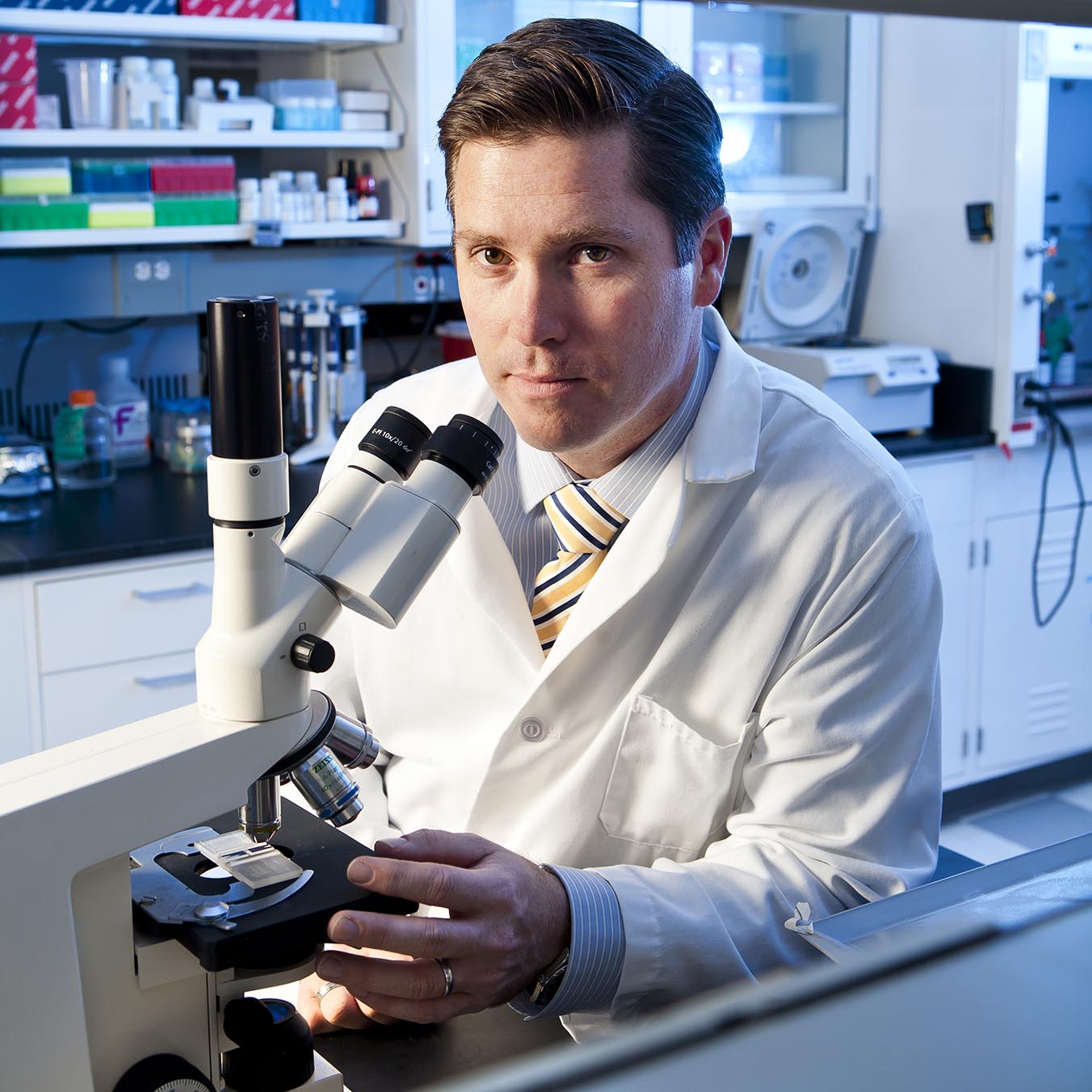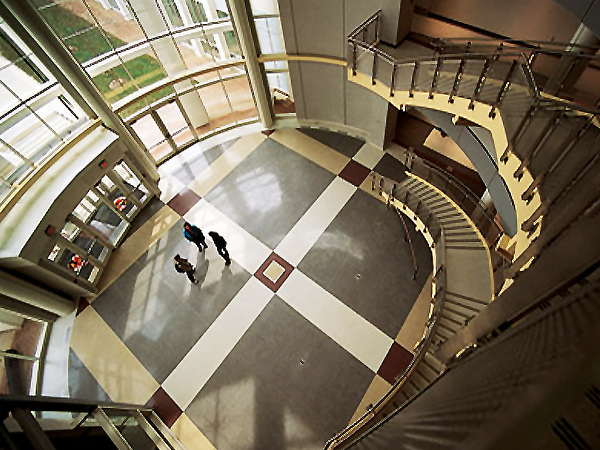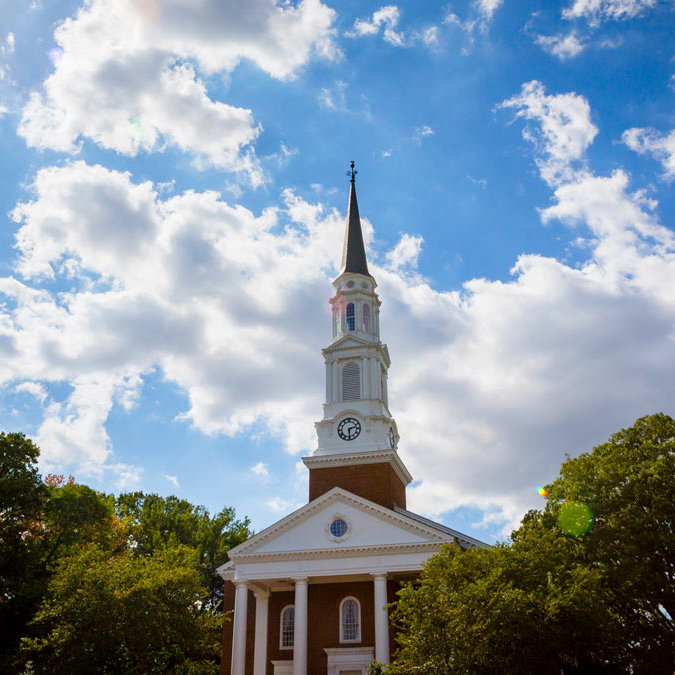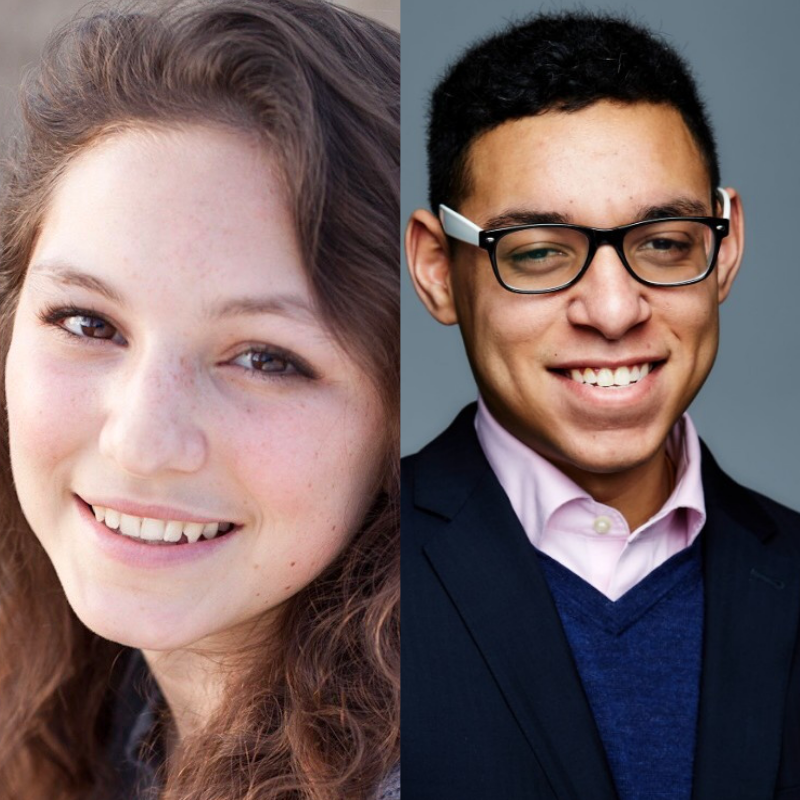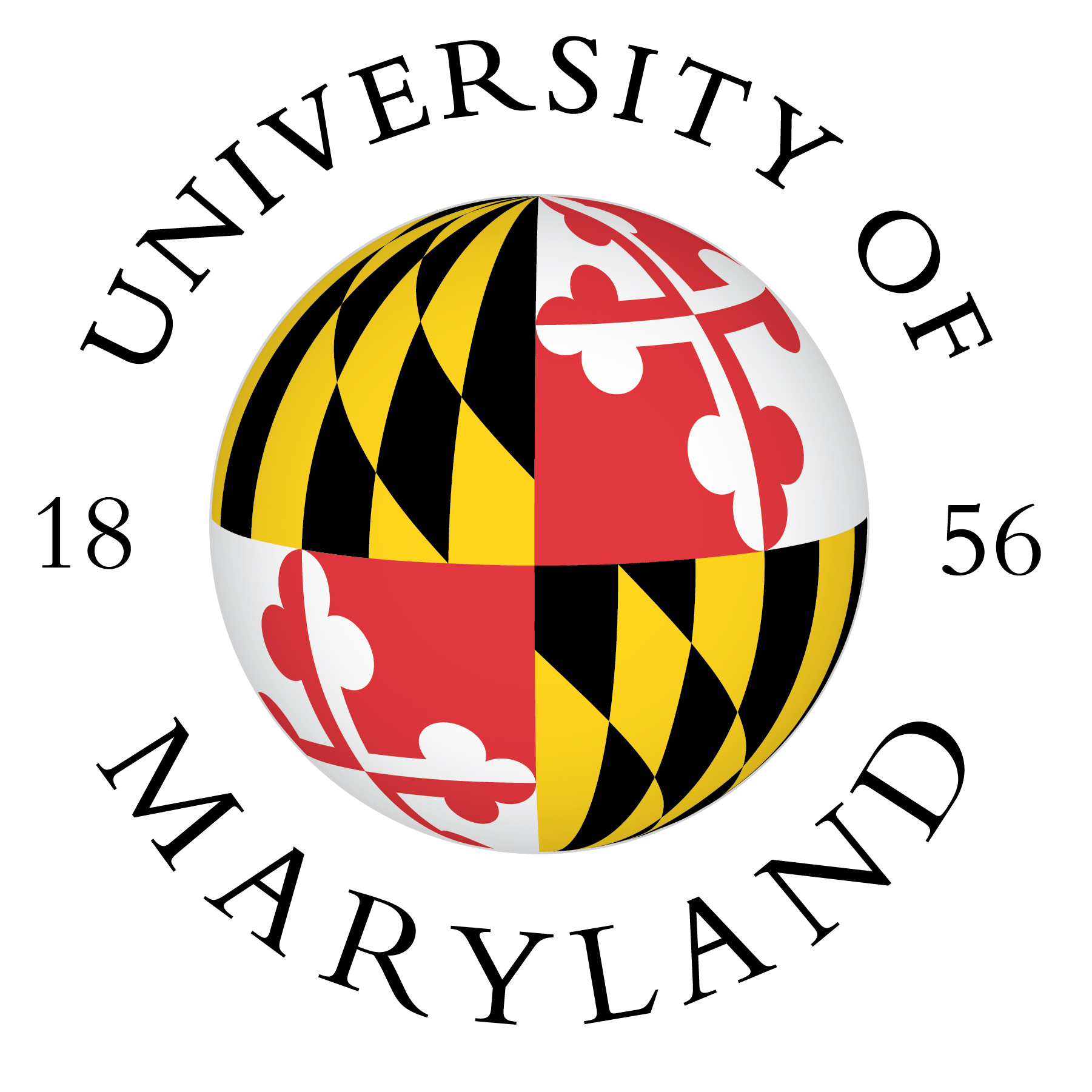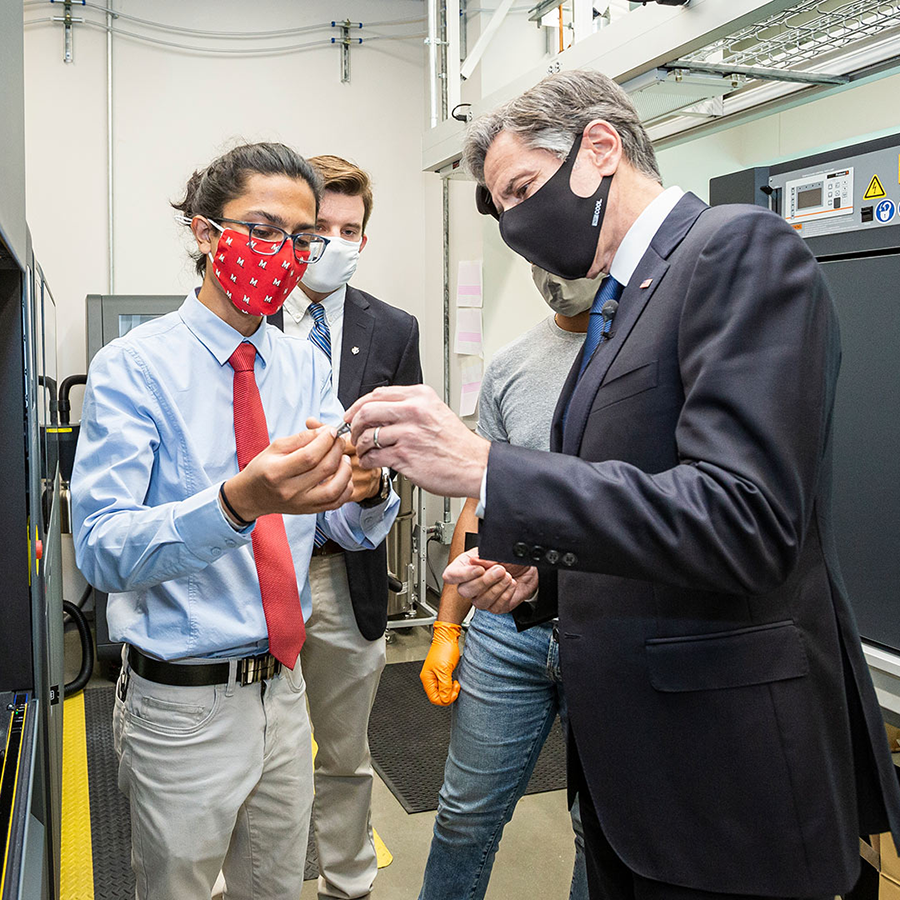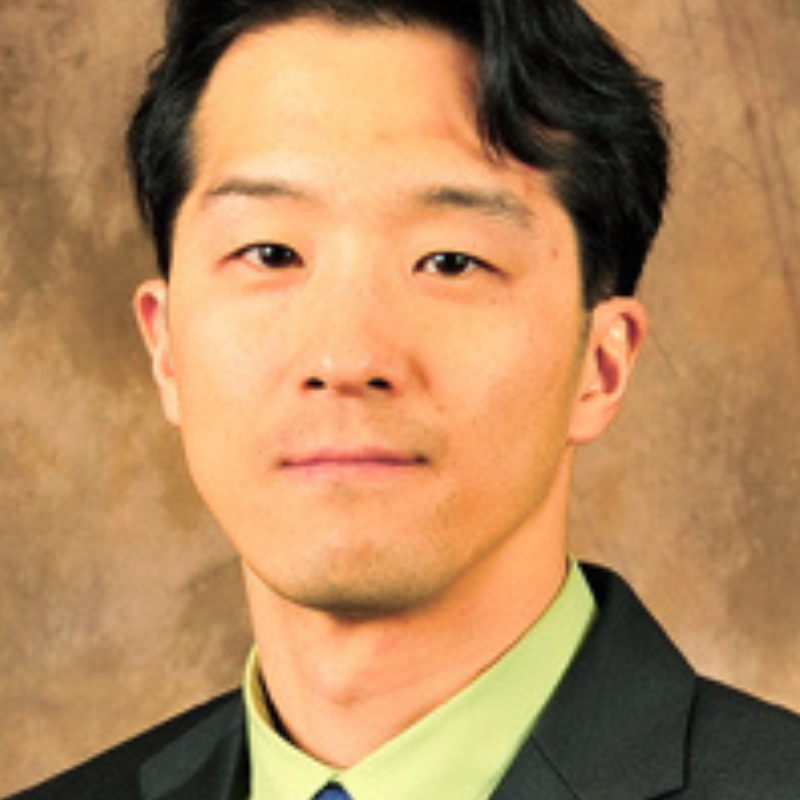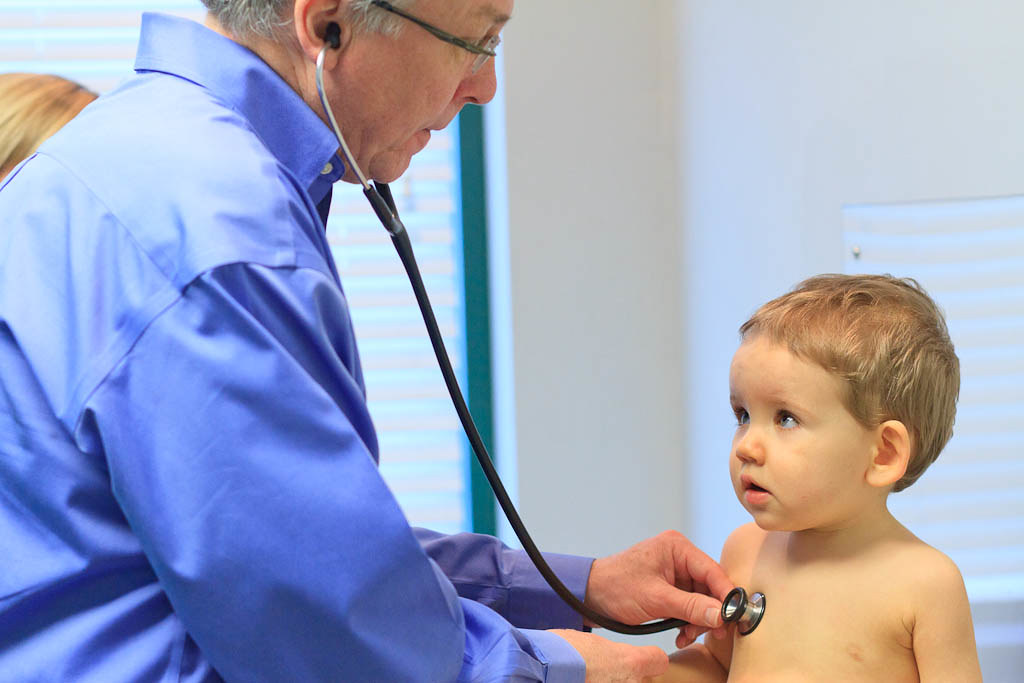News Story
WFIRM Scientists Sweep First, Second Place in NASA Challenge
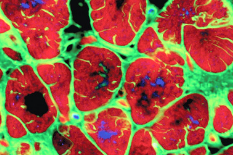
With the creation of functional lab-engineered liver tissues, two teams of scientists from the Wake Forest Institute for Regenerative Medicine (WFIRM) have won first and second place in NASA's Vascular Tissue Challenge, a prize competition that aims to accelerate tissue engineering innovations.
The Vascular Tissue Challenge focused on strategies for making tissues with artificial blood vessels. The two teams both used 3D bioprinting technology to create liver tissue constructs that were vascularized and able to mimic the human liver function in the body and survive for 30 days in the lab. Each team used different 3D-printed designs and different materials to produce live tissues that harbored cell types found in human livers and mimicked liver function in the body.
Vascularization of engineered solid organs like the liver is part of the Holy Grail pursuit of regenerative medicine. Being able to create organs with the needed blood vessel structure means the organs are supplied with needed nutrients and oxygen.
Team Winston is the first team to complete its trial under the challenge rules and receives $300,000 and the opportunity to advance its research aboard the low-Earth orbital platform under the sponsorship of the International Space Station (ISS) U.S. National Laboratory. In addition, Team WFIRM will receive the second-place prize of $100,000. Two teams affiliated with other organizations continue to compete for third place and the remaining $100,000 prize.
“The NASA Vascular Tissue Challenge allowed the teams to think outside the box and make a giant stride toward addressing the unsolved challenge in establishing a stable vascularization to a large tissue mass,” said James Yoo, MD, PhD, WFIRM’s Chief Operations Program Officer.
Team Winston designed a tissue construct with a unique-shaped architecture (called a gyroid) with interconnected channels, which allowed for uniform flow and surface shear stress that adequately covers the entire inner surfaces of cell-laden tissue constructs. “This gyroid structure, originally designed by NASA scientist Alan Schoen, is similar to that of the highly vascularized human penile corporal tissue,” said Young-Wook Moon, Ph.D, a WFIRM research fellow.
Team WFIRM created a hydrogel construct with a series of patterned vessels or channels that were lined with blood vessel cells. “The system was designed to maintain sufficient oxygen and nutrient levels to keep the constructed tissues alive,” said Kelsey Willson, a biomedical engineering graduate student at WFIRM.
“We could not have been as successful without the efforts of Young-Wook and Kelsey, who both went above and beyond to ensure that this research endeavor was carried out and done so well,” said Sang Jin Lee, WFIRM faculty member. “They are both bright, young scientists who have exciting futures ahead of them.”
The team leaders were Drs. Yoo and Atala, and the team members were Colin Bishop, Ph.D, Lee, Moon, and Willson.
“We are excited to move forward with this research,” said Anthony Atala, MD, Director of WFIRM. “The research progression we made in a short period of time was possible because the NASA challenge provided an opportunity to push our teams forward to think differently and come up with creative approaches.”
Jim Reuter, associate administrator of the agency's Space Technology Mission Directorate (STMD), said that when NASA started the challenge in 2016, they were not sure there would be a winner.
“I cannot overstate what an impressive accomplishment this is,” Reuter said. “To see multiple teams succeed in getting a complex, perfused, 3D tissue composed of multiple human cells to survive and be functional after a month is amazing and a promising stepping-stone for future tissue engineering studies.”
The research will help inform future efforts to vascularize tissue for human clinical use someday while also potentially accelerating pharmaceutical testing and disease modeling. The ability to create engineered organs developed from a patient’s own cells so there will be no risk of rejection of the need for anti-rejection drugs, has the potential help end the organ shortage. Related to space research, the tissue models can be used to study how radiation exposure affects the human body and develop strategies to mitigate damage.
The ISS U.S. National Laboratory, which is managed by the Center for the Advancement of Science in Space, will work with Team Winston to adapt the winning Earth-based strategy for space. If the research makes it to the station, the combination of improved vasculature and microgravity could yield the next set of advances for tissue engineering on Earth and biomanufacturing in space.
The Vascular Tissue Challenge is led by NASA’s Ames Research Center in California’s Silicon Valley and is part of Centennial Challenges based at the agency’s Marshall Space Flight Center in Huntsville, Alabama. Centennial Challenges is a part of the Prizes, Challenges, and Crowdsourcing program within STMD. The Methuselah Foundation’s New Organ Alliance executed the competition and recruited the nine-member judging panel. The nonprofit organization focuses on regenerative medicine research and development.
For more information about NASA prizes, challenges, and crowdsourcing go to Nasa's website.
This story was originally published by Wake Forest Baptist Medical Center.
Published June 11, 2021
